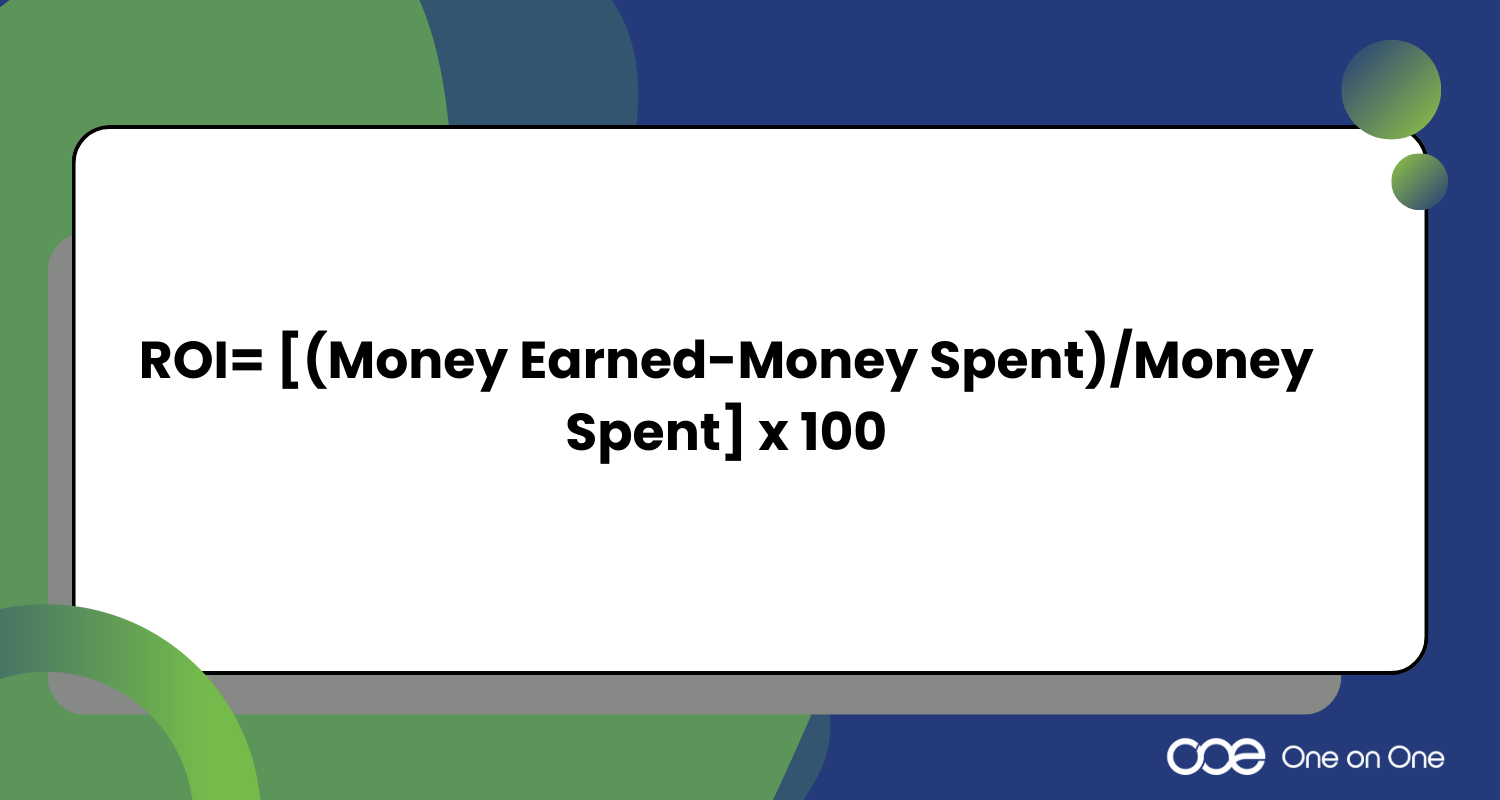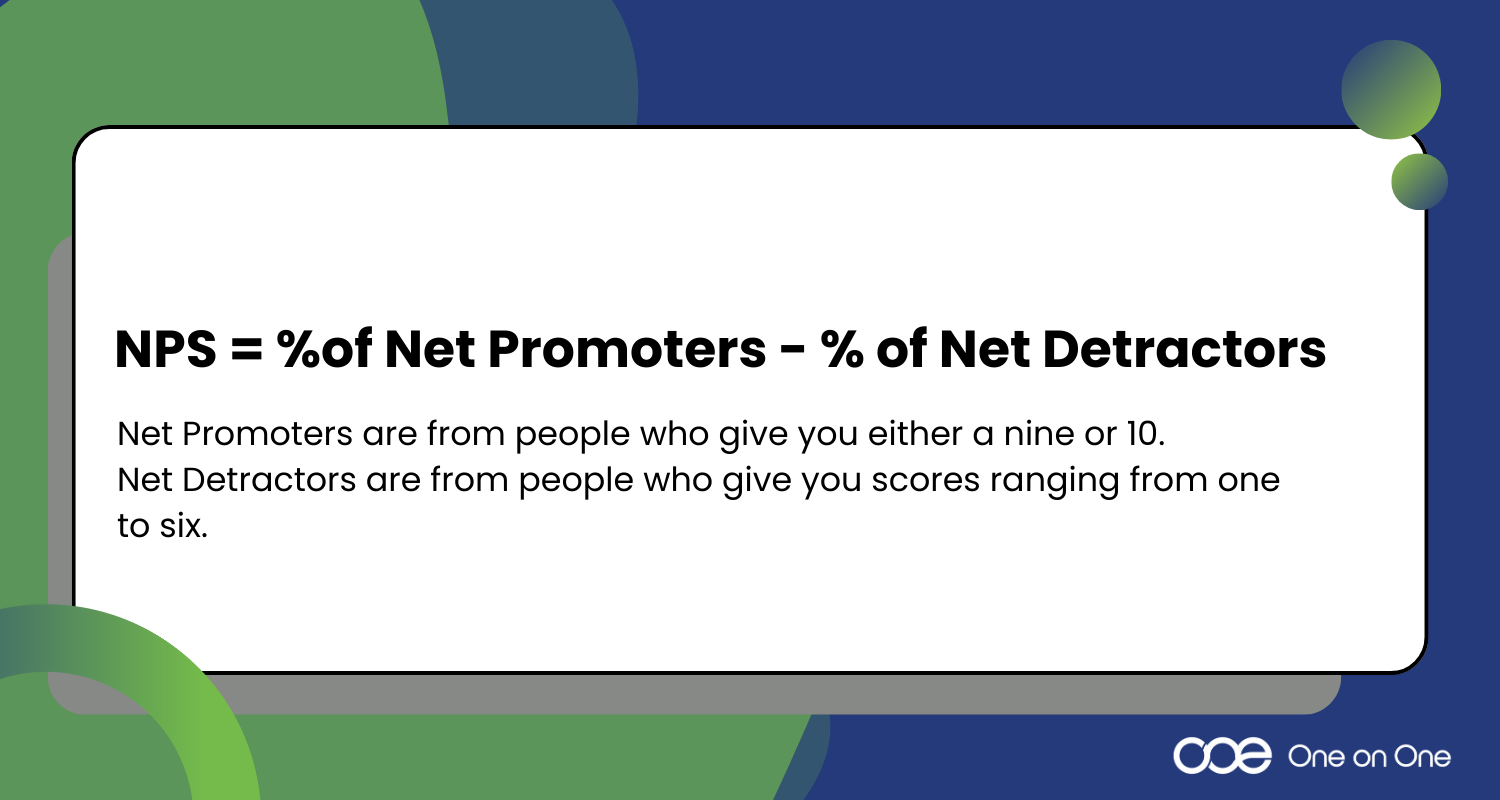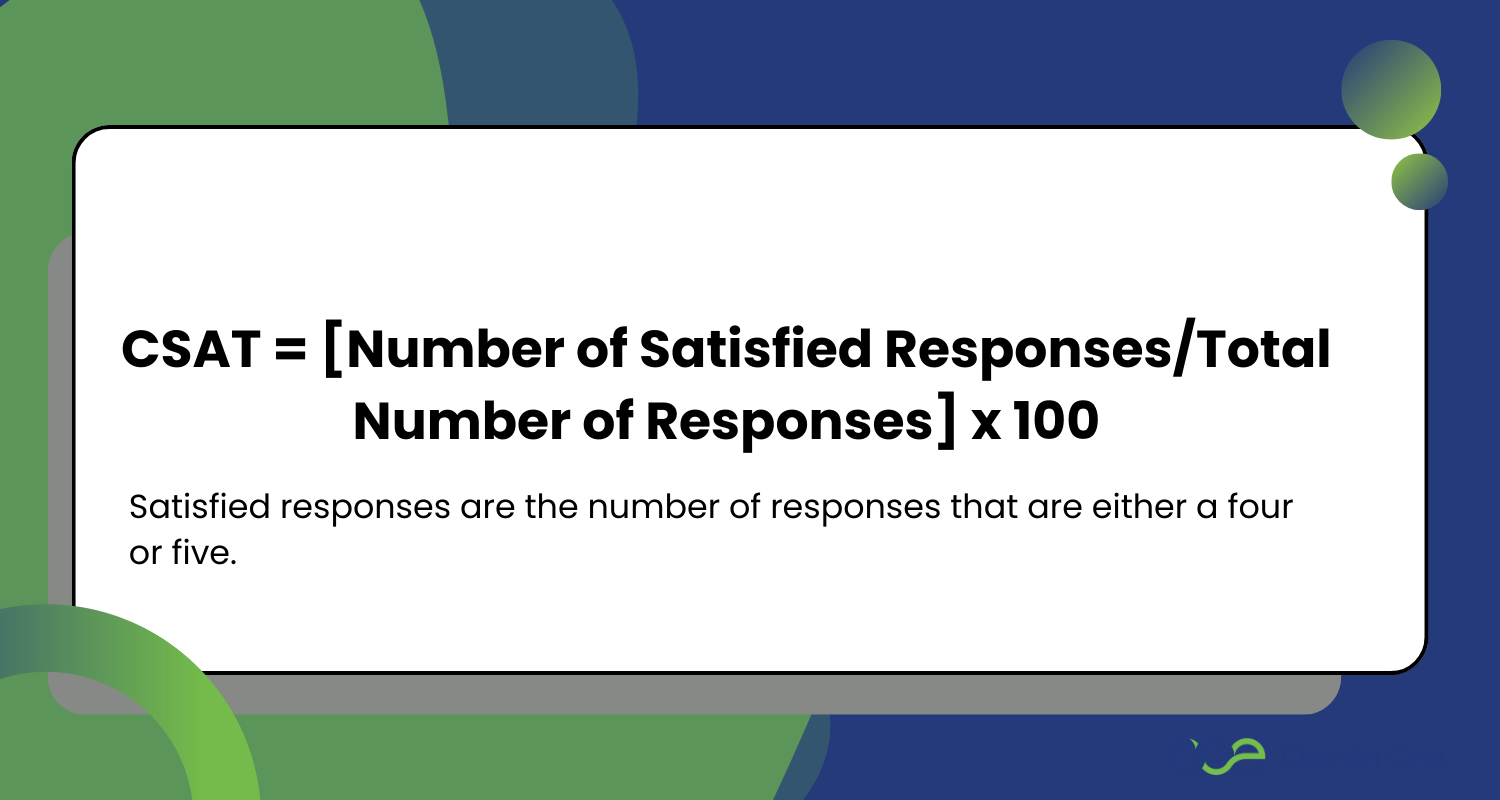How to Measure the ROI of Customer Service Training for Employees
Gut feelings and vague observations won't help you determine the true impact of your customer service training program for employees. There should be clear data to support your conclusions about the program so that you can determine next steps. This article provides some of the most important metrics your should track to determine your customer service training program's success.
Customer service training for employees is geared towards a specific outcome — improving the customer experience. Measuring the impact of customer service training is important so that you can determine whether the investment you’ve made has produced the results your company needs.
In this article, you’ll learn four key metrics you can track to measure the impact of customer service training. Each metric should be measured before and after training so that you can compare the results and identify the true impact.
Before we look more closely at these four key metrics, let’s dive into the specifics for calculating the dollar value of your customer service training program’s return on investment (ROI).
Calculating the ROI of Your Customer Service Training for Employees
ROI follows a simple formula.
ROI= [(Money Earned-Money Spent)/Money Spent] x 100

Money Earned: How much money have you earned from your existing customers (not new business) since the end of your customer service training program?
Money Spent: How much money did you spend on the entire program, including internal customer service training?
When you calculate the ROI of your customer service training program is important. Calculate it too soon and you won’t give the program enough time to work. Calculate it too late and the impact of other external factors on the results will be higher.
A good rule of thumb is to calculate the ROI of your customer service training program within three to six months after it has ended. This gives both your frontline customer service staff and your staff who’ve been exposed to internal customer service enough time to apply what they’ve learned to their daily roles.
Here’s an example.
Let’s say your company’s recurring revenue was US$30,000 within the first six months after the program ended, and the cost for training your employees was US$10,000. The ROI of your training program would be [($30,000-$10,000)/$10,000] * 100 = 200%.
Note: There are many variables that can impact increased revenue, such as the expansion of your sales team, other training initiatives within your company, and changes in senior management. Ensure that the figure you’re using for money earned is directly related to revenue impacted by customer service.
But the reality is that pinpointing the exact revenue figure related solely to customer service is difficult. That’s why the ROI you calculate must be assessed along with the three customer-service-specific metrics identified below.
4 Metrics That Will Help You Identify the Impact of Your Customer Service Training for Employees
The four metrics described below will give you a holistic view of how training impacts both your internal and external customer service.
1. Net Promoter Score (NPS)
NPS measure the likelihood of your existing customers recommending your business to someone else. You can measure NPS by including a simple question in your customer post-interaction survey.
On a scale of 1 to 10, how likely are you to recommend us to a friend?
You’ll need the following information from responses to this question to calculate your NPS:
- Total responses
- Percentage of the total responses that are from people who give you either a nine or 10. These are your net promoters.
- Percentage of the total responses that are from people who give you scores ranging from one to six. These are your net detractors.
NPS = %of Net Promoters – % of Net Detractors

Remember, you should compare your NPS before and after your customer service training. An increase in your NPS indicates improvements in customer satisfaction and should translate into increased revenue.
2. Customer Satisfaction Score (CSAT)
CSAT measures how your customers feel about their customer service interactions. The higher your CSAT score, the more likely it is that you’ll have repeat customers. You can measure your CSAT score by asking your customers a simple question on their post-interaction survey.
On a scale of 1 to 5, how would you rate your experience?
Tally the number of responses that are either 4 or 5. These are your satisfied responses and you’ll need that figure to calculate your CSAT score.
CSAT = [Number of Satisfied Responses/Total Number of Responses] x 100

You will need your CSAT score before and after training so that you can compare the results. An increased CSAT score means that more of your customers are likely to buy from you again.
3. Customer Sentiment
How do your customers feel about your brand? This is a qualitative assessment that relates to customers’ responses to the question — do you have any additional feedback? Your customer feedback tool should be able to use AI to identify negative and positive words used in these responses and give you an analysis of overall customer sentiment.
Your aim is to ensure that your customers have an overall positive sentiment. An increase in positive customer sentiment after customer service training has ended shows that the program has given your customer-facing team the knowledge they need to improve the customer experience. Customers with an overall positive sentiment towards your brand are also more likely to refer your business to others.
4. Internal Customer Effort Score
This is a term we’ve coined to describe how your employees feel about the effort other departments put into helping them do their jobs. It’s measured by asking this question on your internal customer service post-interaction surveys…
To what extent do you agree or disagree with the following statement: This team made it easy for me to handle my issue or get my job done.
Internal customer service is a critical part of creating the best possible customer experience. It’s through departments effectively serving each other that the root causes of customers’ issues get resolved, which allows your company to thrive. All teams should make it as easy as possible for their colleagues to get their jobs done.
Quick Reminder: Customer Service Training for Employees Should Be Ongoing
Measuring the impact of your customer service training program isn’t a one-time-only exercise. Customer service training must be continuous, which means that measurement should be done within each training cycle. Make training and measurement inherent parts of your company’s culture.
Do Customer Service Training the Right Way
Effective customer service training requires three things — company-wide support, the right training content, and accurate measurement of the training’s impact. Although you can calculate the ROI of your customer service training, that ROI metric should be used along with other customer service specific metrics. These measurements will give you a holistic view of the impact your customer training program has had on business outcomes.
One on One offers three core online training solutions for businesses of all sizes. You can use our learning management system and library of over 1,000 customer service courses to support your customer service training program. Our content development team is also ready to assist you with creating company-specific content for your training program. Book a consultation with us to learn more.
Learn more about effective customer service training by listening to our podcast episode with Gina Tomlinson-Williams, Director of Business Transformation at Jamaica Public Service.

